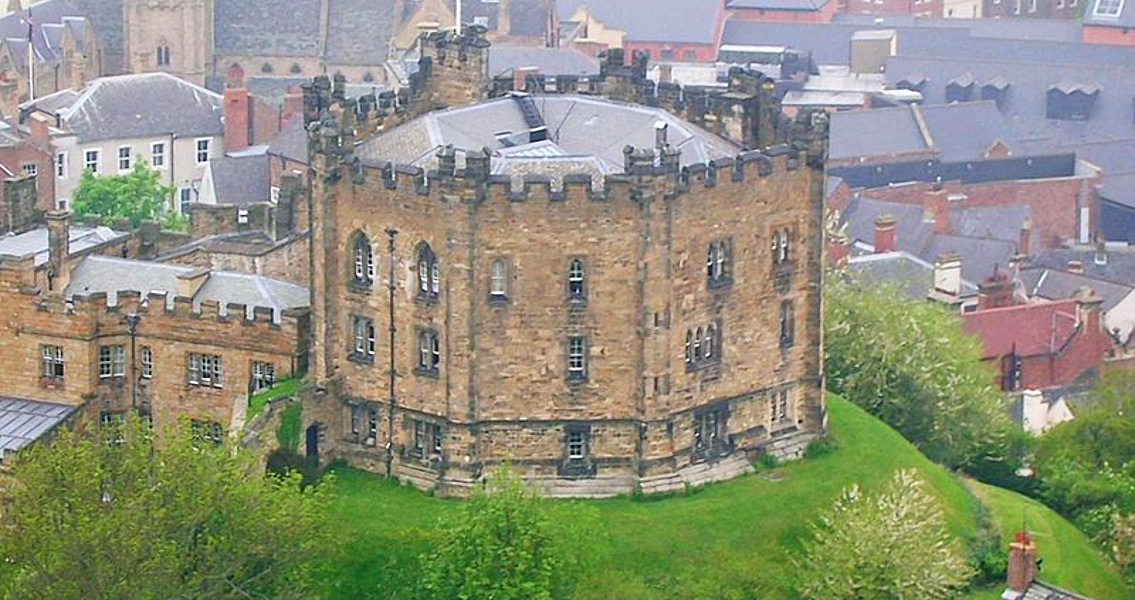<![CDATA[A seventeenth century mass grave unearthed on the grounds of Durham University has been identified as the final resting place of Scottish soldiers taken prisoner after the bloody Battle of Dunbar. The bones in the grave belong to men aged between 13 and 25, speaking of the practice of employing child soldiers at the time. The most probable causes of death were malnutrition and disease as the prisoners were held under extremely harsh conditions. In a press release from Durham University’s Department of Archaeology, the researchers who analysed the bones are quoted as saying that this was the most plausible explanation based on the results of the analysis. Initial radiocarbon dating, conducted after the burial site was discovered two years ago, suggested that the men in the grave died before 1650 but generally gave too broad a range of the time of death, says Andrew Millard, member of the research team. This made it difficult for the scientists to determine the identity of the people in the mass grave. Now a second round of radiocarbon dating on four carefully selected samples has shown that the deaths of these people occurred between 1625 and 1660. To this was added the evidence of clay pipes at the burial site, an accessory in use by Scotsmen in the seventeenth century. Isotopic analysis of the bones strongly suggested that they belong to people of Scottish origins, and the fact that they were all male reinforced the suggestion that they were prisoners taken by Cromwell’s army to Durham to be imprisoned in Durham Cathedral and Castle after the Scottish forces, who supported Charles II’s claim to the throne of England, were crushed at Dunbar in 1650. The Battle of Dunbar is believed to be one of the bloodiest (and shortest) of the English Civil War. According to different accounts it lasted less than an hour and led to between 500 and 3,000 casualties. Modern estimates have it that some 6,000 soldiers from the Scottish army were imprisoned and 5,000 of them – the sick and wounded having been let go – dragged south to Durham. About a thousand of these died on the way from disease and malnutrition. Some were executed and others managed to escape, so in the end there were 1,300 left who were imprisoned in the former cathedral which under Cromwell had been turned into a gaol. Scientists have long suspected that as many as 1,700 people (including those executed) died in Durham but no remains had been discovered previously. According to lead researcher Richard Annis, there are probably many more burial sites like this one on the grounds of what is now Durham University. The burial site consists of two separate pits, in which bodies were buried over a period of several days, as far as possible from Durham Castle itself. Now Durham University, the Durham Cathedral and other institutions, probably including the Church of Scotland, will discuss how the remains should be handled and how they will be commemorated. Image courtesy of Wikimedia Commons user: Poliphilo]]>
Mass Grave in Durham Holds Battle of Dunbar Prisoners
